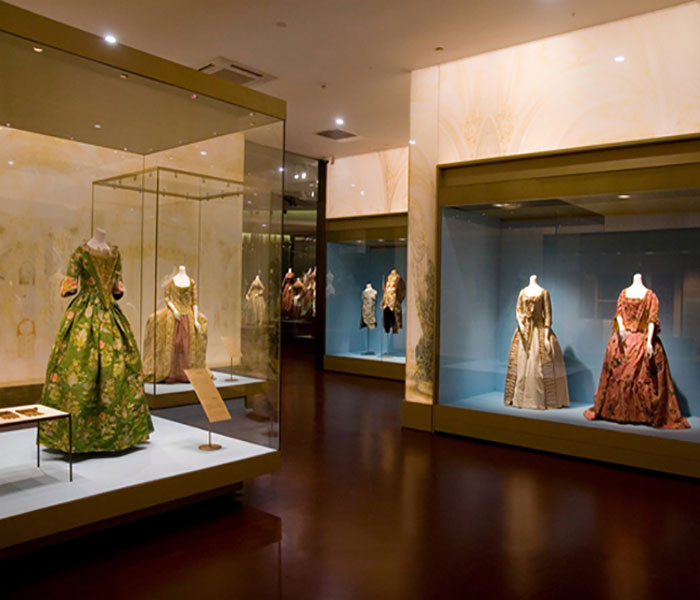The main functions of museum glass are as follows:

Protection of cultural relics: Museum glass is a transparent material, which can effectively protect cultural relics from physical damage, such as scratches, abrasion, impact, etc. At the same time, museum glass can also prevent cultural relics from chemical damage, such as oxidation, corrosion, and so on.
Enhance the display effect of cultural relics: museum glass can make the cultural relics more clear and complete display to the audience, and enhance the ornamental and artistic value of cultural relics. At the same time, the museum glass can also control the transmission and reflection of light, creating a more comfortable, natural display environment.
Improve the safety of cultural relics: museum glass has high impact resistance and protective properties, and can effectively resist external impact and extrusion, improving the safety of cultural relics. At the same time, museum glass can also prevent cultural relics from being stolen or destroyed, ensuring the safety and integrity of cultural relics.
Enhance the historical value of cultural relics: museum glass can also enhance the historical value of cultural relics while protecting them. Museum glass can preserve the original state of cultural relics and historical traces so that the audience can better understand the history and cultural connotations of cultural relics.
Meet special display requirements: museum glass can also be customized according to different display requirements, different specifications, different materials, and different colors of museum glass to meet the requirements of a special display.
In short, museum glass plays an important role in protecting cultural relics, enhancing the display effect of cultural relics, improving the safety of cultural relics, enhancing the historical value of cultural relics as well as meeting the special display requirements. It is an indispensable part of the museum, providing the audience with a better viewing experience and the opportunity to understand the cultural relics.





